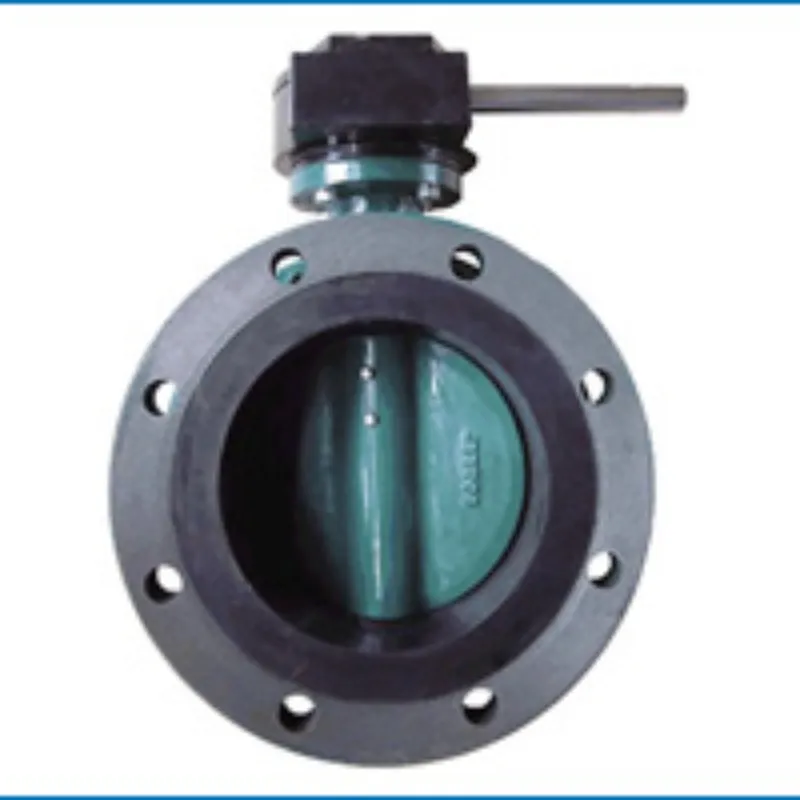Dec . 12, 2024 04:11 Back to list
flange butterfly valve
Understanding Flanged Butterfly Valves A Comprehensive Overview
Butterfly valves have become an essential component in various industrial applications due to their compact design, ease of use, and reliability. Among the different types of butterfly valves, the flanged butterfly valve stands out as a preferred choice for many engineers and professionals in industries such as water treatment, oil and gas, and chemical processing. This article aims to provide an in-depth understanding of flanged butterfly valves, including their construction, working principle, advantages, and typical applications.
Construction of Flanged Butterfly Valves
A flanged butterfly valve consists of several critical components, including the body, disc, seat, stem, and flanges. The body is typically made from robust materials such as cast iron, stainless steel, or plastic composites that can withstand various pressures and temperatures.
The flanges on the valve allow for easy integration into piping systems. These flanges are equipped with bolt holes that match the corresponding bolts on the pipes, enabling a secure and leak-proof connection. The disc, which is usually circular in shape, is mounted on a shaft and pivots to control the fluid flow within the pipeline. The seat, often made from elastomeric materials, provides a tight seal when the disc is fully closed, preventing leaks and ensuring efficient flow control.
Working Principle
The working principle of a flanged butterfly valve is relatively straightforward. When the valve is in the open position, the disc is rotated parallel to the flow of the fluid, allowing it to pass freely through the valve. Conversely, when a control mechanism – often a handle or an actuator – is activated to close the valve, the disc rotates perpendicular to the flow, obstructing it and sealing the pipe.
One of the interesting aspects of butterfly valves is their ability to provide quick shut-off capabilities. The entire operation can be performed with a quarter turn of the handle or actuator, allowing for rapid response to changing conditions in the system.
Advantages of Flanged Butterfly Valves
Flanged butterfly valves offer several advantages that make them a popular choice in various applications
flange butterfly valve

2. Lightweight Flanged butterfly valves are generally lighter than other valve designs, which can reduce the load on supporting structures and piping.
3. Low Pressure Drop When in the fully open position, these valves provide minimal resistance to fluid flow, leading to reduced energy costs in pumping applications.
4. Easy Maintenance The simple design of flanged butterfly valves allows for easy maintenance and replacement of components, reducing downtime in industrial processes.
5. Versatility They can handle a wide range of fluids, including gases, slurries, and liquids, making them suitable for numerous applications.
Applications
Flanged butterfly valves are widely used across various sectors, including
- Water Supply and Sewage Treatment Their reliable performance in controlling water flow makes them essential in municipal water systems and wastewater treatment plants. - Oil and Gas These valves are commonly used in pipelines to regulate the flow of crude oil and natural gas due to their robustness and ability to handle high pressures.
- Chemical Processing In chemical plants, flanged butterfly valves can manage the flow of corrosive liquids and gases, offering safety and reliability.
- HVAC Systems They are also utilized in heating, ventilation, and air conditioning systems to control airflow and ensure efficient energy use.
Conclusion
In summary, flanged butterfly valves are a vital component in many industrial applications, offering a combination of efficiency, reliability, and ease of maintenance. Understanding their construction, working principles, and advantages can aid in selecting the right valve for specific applications, ensuring optimal performance and safety in fluid control systems. Whether in water treatment facilities, oil and gas pipelines, or chemical processing plants, flanged butterfly valves continue to play an integral role in modern engineering solutions.
Share